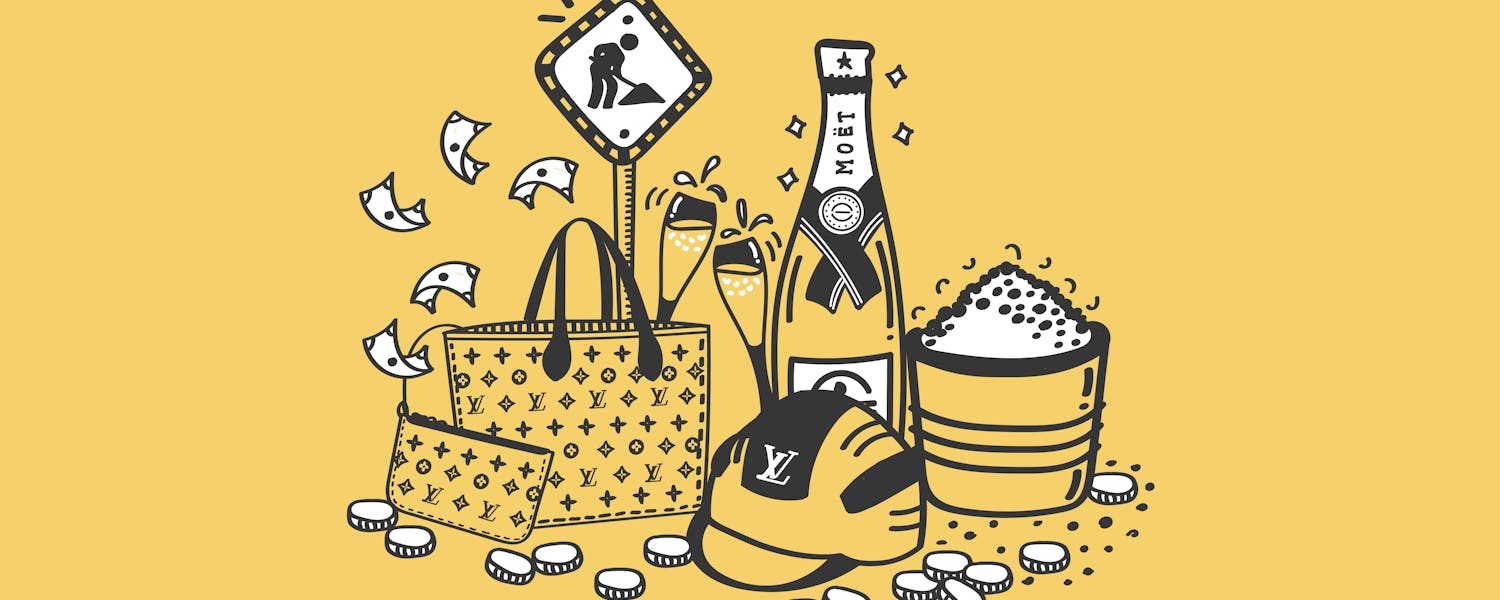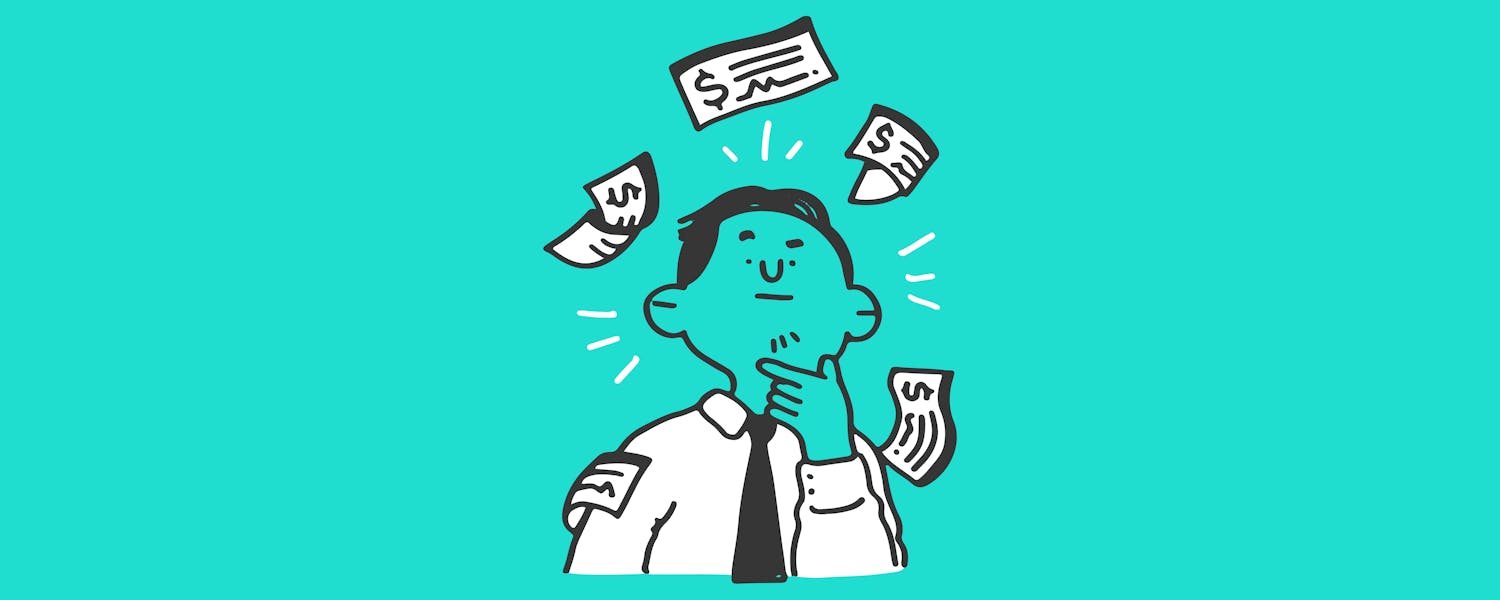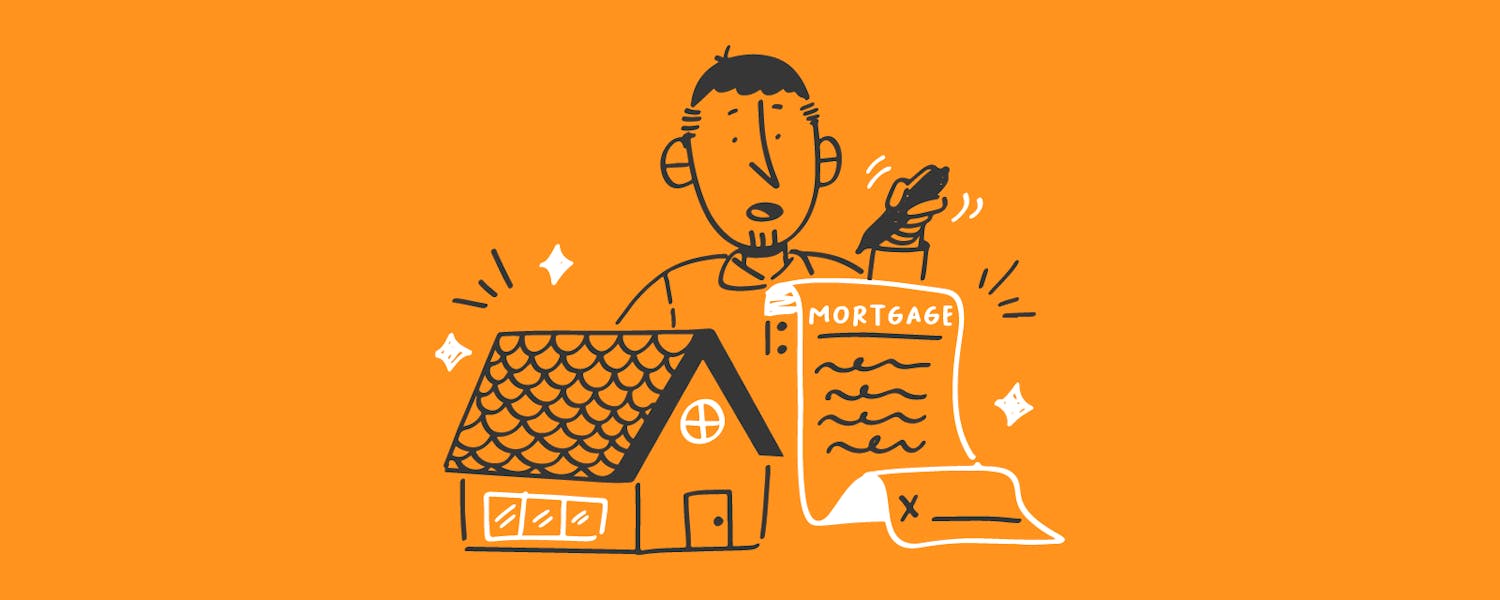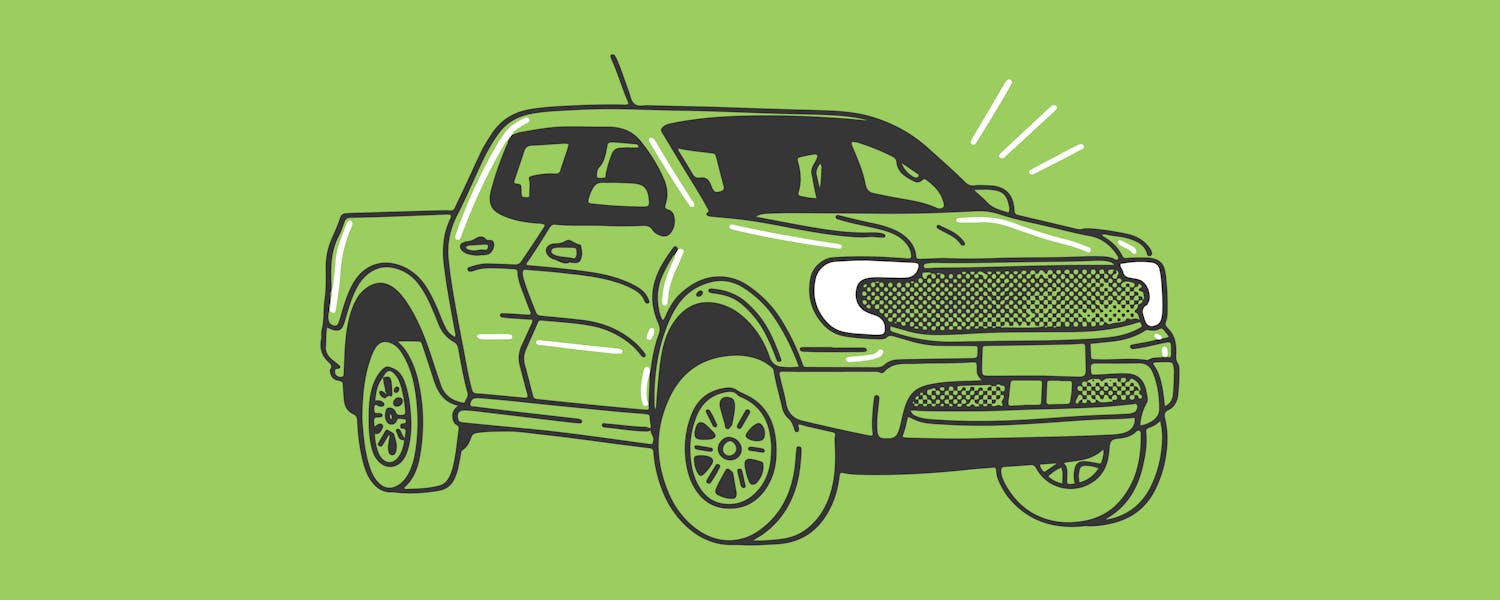Building an Empire: LVMH
Tiffany & Co., Christian Dior, Fendi, Givenchy, Marc Jacobs, Stella McCartney, and more - not only are these all highly-esteemed, high-end luxury brands, but they are all part of the largest luxury company in the world, LVMH.
The initials stand for Louis Vuitton Moët Hennessy, the original two entities that merged in 1987 to form LVMH.
Today, LVMH is the most powerful fashion conglomerate in the world, controlling around 60 subsidiaries and 75 prestigious luxury brands.
So, how did this merger that started with handbags & champagne become the world's first and largest luxury company?
Envato/Sonyachny
How it Started
It all started with French investor Bernard Arnault, he realized the power of branding on a trip to the U.S. when the cab driver could not name the French president, but confidently knew Christian Dior.
This sparked his idea to create a luxury empire, and he jumped at the chance to purchase Christian Dior's parent company, Boussac, when it filed for bankruptcy in 1984.
Later, in 1987, he worked with Alain Chevalier (CEO of Moët Hennessy) and Henry Racamier (president of Louis Vuitton) to form LVMH. It was an innovative strategy at the time, as luxury companies typically stayed independent.
How They've Been Purchasing Luxury Brands Ever Since
Envato/ipolly80
Since its formation, LVMH has acquired and merged with more luxury brands than any other global company.
This strategy of merging with luxury brands has been the foundation of LVMH's success and growth.
Their subsidiaries operate independently beneath all major sectors of the luxury industry: Fashion & Leather Goods, Wines & Spirits, Perfumes & Cosmetics, Watches & Jewelry, and Selective Distribution.
Fashion & Leather Goods:
- Louis Vuitton
- Givenchy
- Fendi
- Celine
- Loewe
Pexels/Anne R
 Wines & Spirits:
Wines & Spirits:
- Moët & Chandon
- Dom Pérignon
- Hennessy
- Glenmorangie
Perfumes & Cosmetics:
- Christian Dior
- Benefit Cosmetics
- Make Up Forever
- Fenty Beauty
Pexels/HamZaNOUASRIA
 Watches & Jewelry:
Watches & Jewelry:
- Tiffany & Co.
- TAG Heuer
- Hublot
- Bulgari
Selective Distribution:
- Sephora
- Le Bon Marche
- DFS
Wikimedia Commons
 What Strategy do they Follow to Keep Their Business Flowing?
What Strategy do they Follow to Keep Their Business Flowing?
LVMH buys other companies and adds them to its empire to keep growing. They follow a model that ensures each brand has its own identity and autonomy, while providing all the resources they need to design, produce, and market products and services.
Six pillars anchor their unique operating system:
- Decentralized organization
- Organic growth
- Vertical integration
- Creating synergies
- Sustaining savoir-faire
- Balance across business segments and geographies
Even after closing many commercial centers, LVMH withstands adversity through creativity and innovation. This includes their carefully executed luxury strategy and model that empowers its brands to create and maintain a sense of desire, exclusivity, and sustainability.
Envato/Rawpixel
 The Curious Acquisition of Tiffany & Co.
The Curious Acquisition of Tiffany & Co.
The acquisition of Tiffany & Co. by LVMH was a significant turning point in the history of both brands.
Starting in January 2019, the two companies began discussing a possible merger.
In November 2019, reports emerged that LVMH was negotiating with Tiffany & Co. to acquire the company for $14 billion. However, Tiffany & Co. rejected the offer as too low. LVMH then offered $16.2 Billion and negotiated with Tiffany & Co. again.
Yet, in 2020, the Covid-19 pandemic caused further delays, including the closing of 324 international stores. This resulted in a Tiffany & Co. sales decline of 45 percent.
The French Foreign Minister then requested to delay the deal to 2021, and LVMH withdrew their offer.
The offer withdrawal caused Tiffany & Co. to sue, claiming that LVMH had violated the merger agreement.
Wikimedia Commons
This led LVMH to countersue Tiffany & Co.
After a lengthy legal battle, the two companies settled their dispute, and LVMH made an offer of $15.8 billion, which was accepted by Tiffany & Co. in 2021.
Now They Have Become the Biggest Company in France
With the Tiffany & Co. acquisition, LVMH has now acquired 75 brands in less than 40 years. This makes them the biggest company in France and the world's largest luxury goods conglomerate.
LVMH founder and CEO, Bernard Arnault, was recognized as the richest man in the world by Forbes with more than $186 B net worth, by April 2023 he was still on top of the magazine’s list with over $236 B.
Wikimedia Commons
LVMH's highly innovative and successful business model has marked its place in history and the future of luxury goods.
They have reshaped how luxury retail works in the modern era, and it will be interesting to see how they develop further.
LVMH never stops innovating and exploring new opportunities, so we can expect to see even more success for them in the future.





